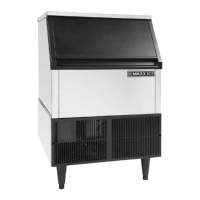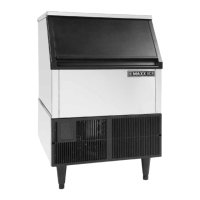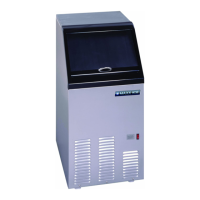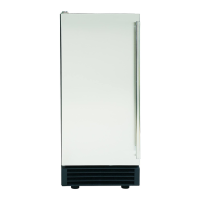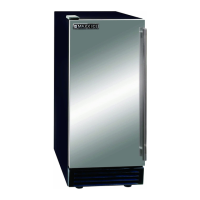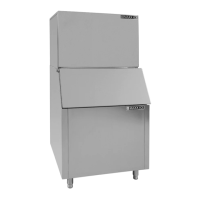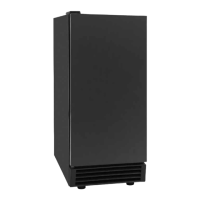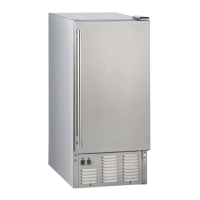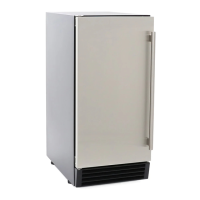Why is my Maxx Ice MIM250 producing less ice than normal?
- Mmatthew90Sep 12, 2025
If your Maxx Ice Ice Maker is producing less ice than usual, it might be due to a gas leak. Inspect the cooling system tubing, particularly the welded joints. If you notice oil, it could indicate a gas leak.
